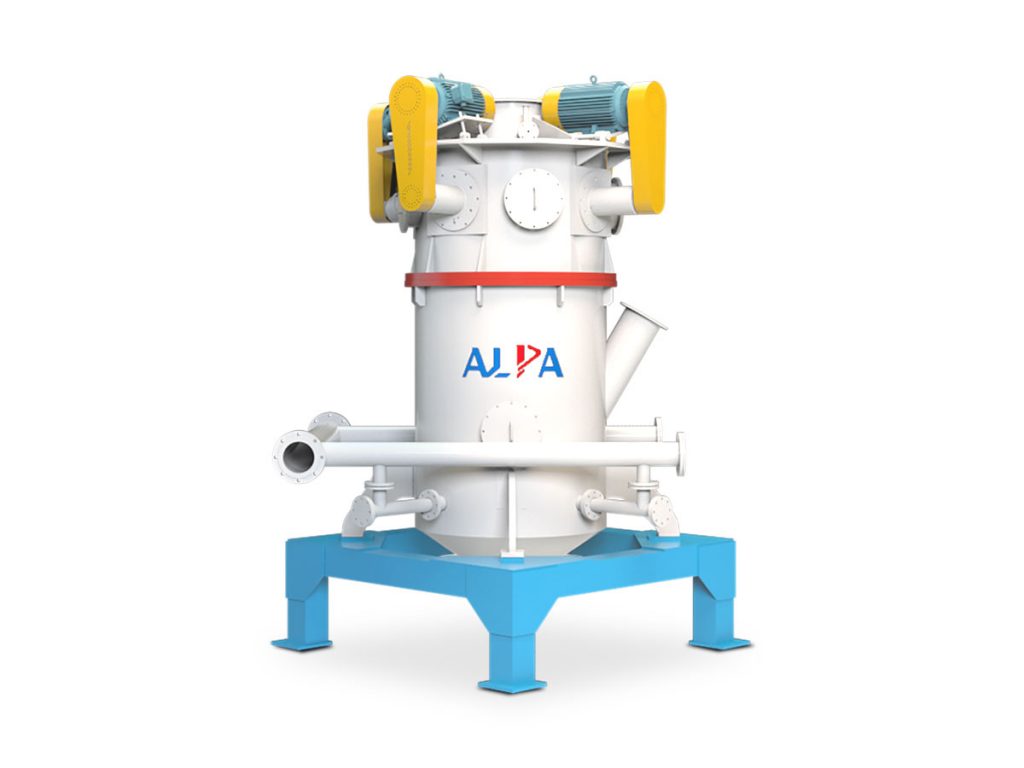How to choose a suitable jet mill based on powder characteristics?

With the development of industrial technology, micro-nano powders have special volume effects and surface effects, and their optical, magnetic, acoustic, electrical and mechanical properties are very different from normal conditions, and are used as the key to many new functional materials. Based on the basic raw materials, the corresponding micro-nano powder processing technology has also achieved unprecedented development. Jet mills (jet mills) use high-speed airflow to cause materials to collide, impact, and shear with impact components. They can not only produce fine particles with narrow distribution, but also have clean and smooth particle surfaces, regular particle shapes, good dispersion, and high activity. of micro-nano powder, and the entire crushing system adopts a closed crushing mode to reduce dust pollution and at the same time, the degree of contamination of the crushed materials is small.
However, since there are many types of airflow pulverizers with different working principles and different crushing effects for various materials, it is necessary to choose a suitable airflow pulverizer according to different materials. At present, according to the different structures or working methods of jet mills, they can usually be divided into: collision type, flat type, fluidized bed type, circulating tube type and target type, etc. On this basis, it can also be classified according to the material characteristics. , adopting methods such as low-temperature cryogenic airflow crushing and inert gas protection to further optimize the crushing effect of the airflow grinder.
Collision airflow crusher
Opposing jet mills are also called opposing jet mills and reverse jet mills. When the equipment is working, two accelerated materials and high-speed airflow meet at a certain point on the horizontal straight line and collide to complete the crushing process. The crushed fine particles enter the external classifier with the airflow under the action of the classification rotor, and pass through the airflow. solid separation and become a product. The coarse particles remain at the edge of the classification chamber and return to the crushing chamber for further crushing until they meet the particle size requirements and enter the external classifier.
Spiral jet pulverizer
Spiral jet mill, also known as horizontal disc jet mill, It is the earliest and most widely used jet mill in industry. The main component of a conventional flat airflow mill is a disc crushing chamber, around which are arranged several (6 to 24) high-pressure working fluid nozzles, Venturi tube feeders, finished product collectors, etc. at a certain angle. The material to be crushed enters the venturi tube driven by the gas. Using the special structure of the venturi tube, the material is accelerated to supersonic speed and then enters the crushing chamber. In the crushing chamber, the materials move in a circular motion driven by high-speed swirling flow. The particles, particles and the inner wall of the machine impact, collide, and rub against each other to be crushed. The coarse particles are thrown towards the peripheral wall of the crushing chamber due to centrifugal force for circulation and crushing, while the fine particles enter the cyclone separator and are collected under the action of centrifugal airflow.
Fluidized bed jet pulverizer
Fluidized bed airflow mill is currently the leading model of airflow pulverizer. It mainly combines the principle of counter-jet with the expanding gas jet flow in the fluidized bed. It is commonly used in the production of chemical raw materials, medicines, cosmetics, advanced ceramics, magnetic powder and other materials. . When the equipment is working, air is sprayed into the crushing area through several reverse nozzles, and the materials to be crushed are accelerated by the high-pressure airflow in the crushing chamber to form a fluidized state. Then the accelerated materials collide and rub with each other at the intersection of each nozzle to be crushed. The crushed fine materials are carried by the upward airflow to the ultra-fine classifier for classification. The fine materials that meet the product requirements are then collected by the cyclone separator, and the coarse materials are After settling back to the crushing area under the action of gravity, crushing continues.
